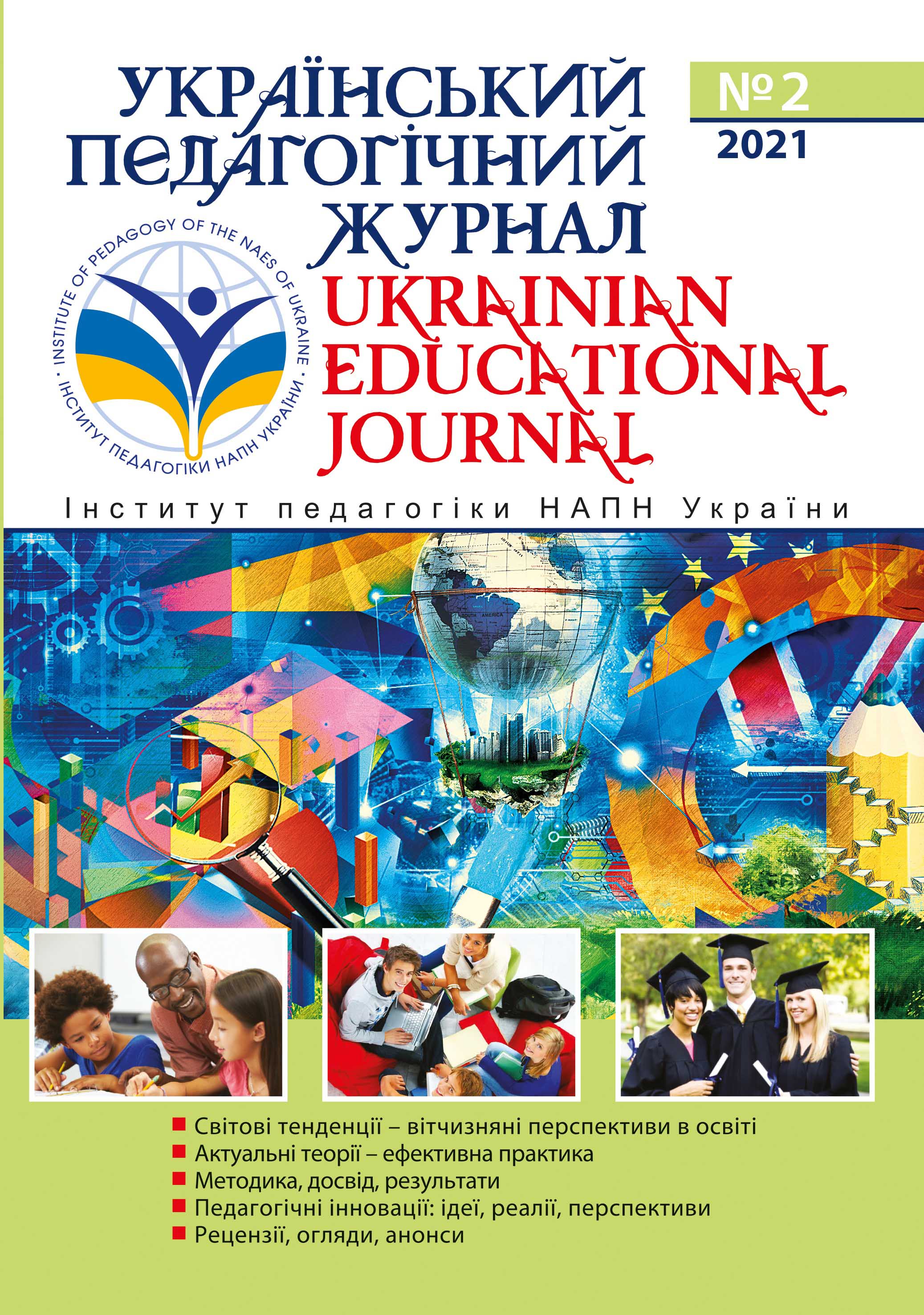Abstract
The article presents the research results of the essence of stakeholders, the need to transfer their relationships with higher education institutions from situational to permanent and perspective. The necessity of forming a model of improving relations with stakeholders, integrated into the concept and program of innovative development of the university, is substantiated. The need to provide the priority of interactive forms of cooperation, subject-subject relations of the university and stakeholders, each participant in their common activities is indicated. It’s argued the position, that the university, on the basis of effective relations with stakeholders, can implement the system creating functions of forming a modern mobile regional education-industrial environment. Such environment accumulates scientific, intellectual potential of regional development, provides integration of the theory and practice, science and the corresponding branch of industry.
The model with the adequate structural organization and basic principles for formation and development of the university's relationships with stakeholders is presented and theoretically substantiated. Algorithms and specific forms of interactive activities of the university and stakeholders are focused on common interests, as well as the relevant priorities of cooperation for university and stakeholders. Therefore, the defined principles of cooperation are aimed at ensuring the interactivity of this format of practice, mutual benefit, openness, and flexibility of the forms of its implementation. The processual perspective of this model is presented through the logic of its deployment, starting with the defined specific purpose of common activities, ending with the basic parameters that indicate its effectiveness. The static perspective of the cooperation process reflects its content, which is characterized by multidimensionality, multifunctionality, and therefore – the variability of practical use. In general, the model implements an attempt to systematize and organize this area of educational activity, as well as to provide opportunities to analyze the effectiveness of its implementation, using real diagnostic tools. Based on the results of self-diagnosis and self-analysis, each following stage of system development is programmed, taking into account the acquired experience as much as possible.

This work is licensed under a Creative Commons Attribution-NonCommercial-ShareAlike 4.0 International License.
Copyright (c) 2021 Сергій Копилов, Тетяна Опалюк

